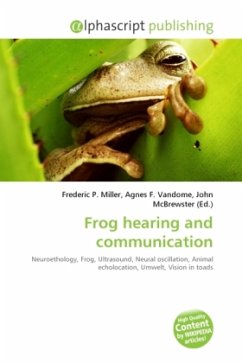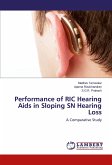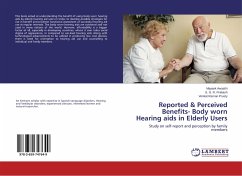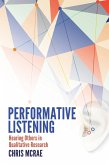Frogs and toads produce a rich variety of sounds, calls, and songs during their courtship and mating rituals. The callers, usually males, make stereotyped sounds in order to advertise their location, their mating readiness and their willingness to defend their territory; listeners respond to the calls by return calling, by approach, and by going silent. These responses have been shown to be important for species recognition, mate assessment, and localization. Beginning with the pioneering experiments of Robert Capranica in the 1960s using playback techniques with normal and synthetic calls, behavioral biologists and neurobiologists have teamed up to use frogs and toads as a model system for understanding the auditory function and evolution. It is now considered an important example of the neural basis of animal behavior because of the simplicity of the sounds, the relative ease with which neurophysiological recordings can be made from the auditory nerve, and the reliability of localization behavior. Acoustic communication is essential for the frog's survival in both territorial defense and in localization and attraction of mates








